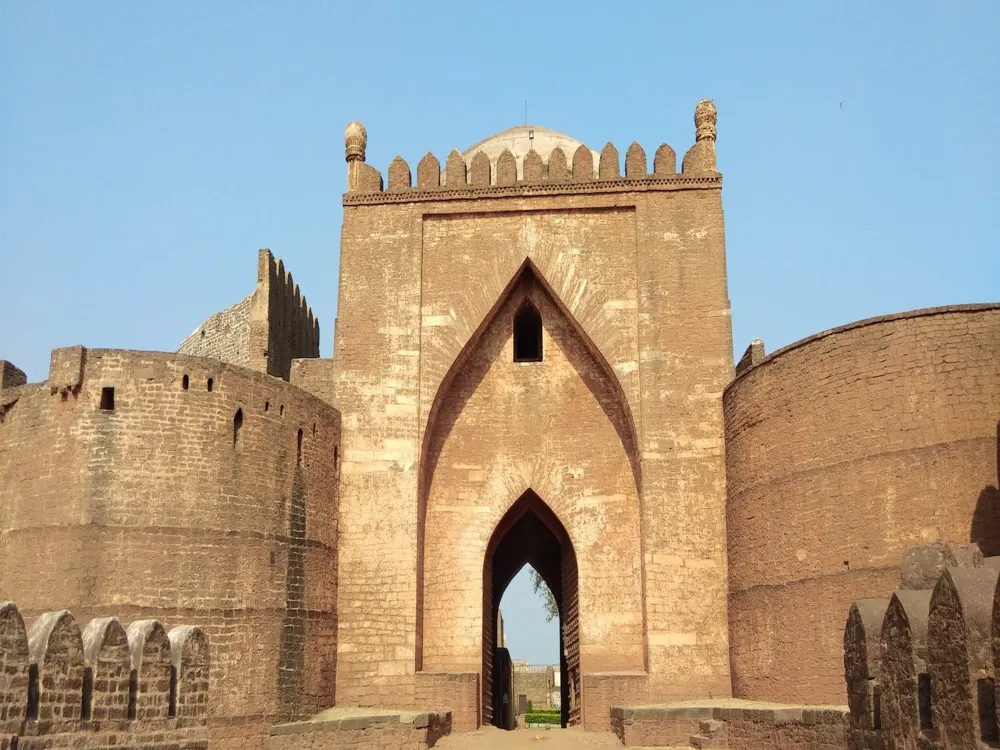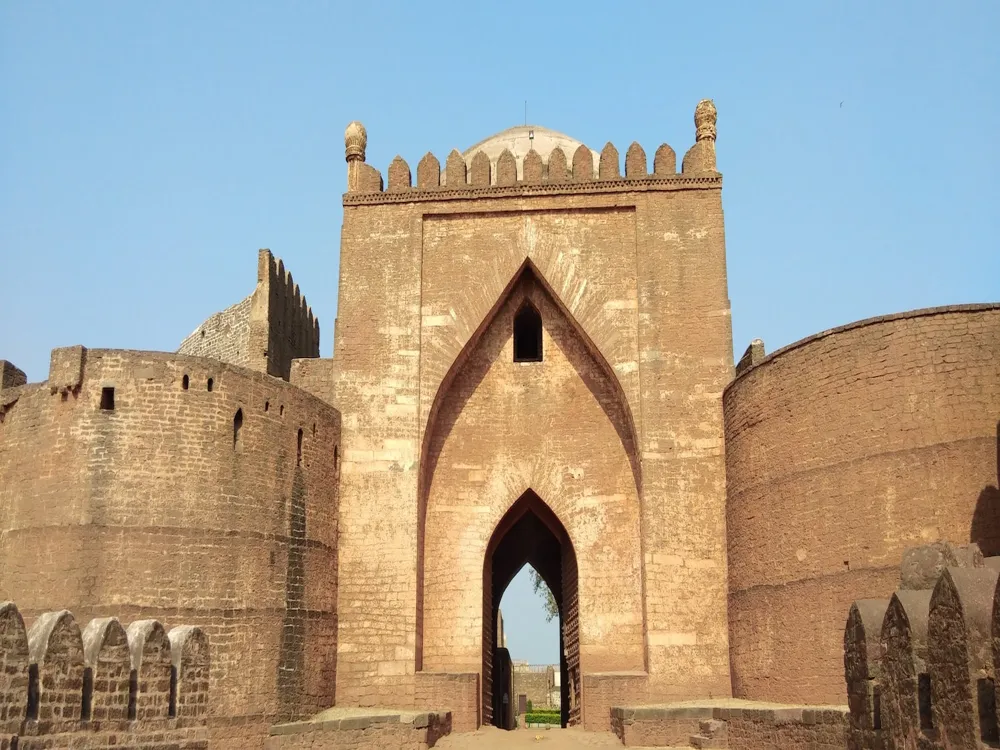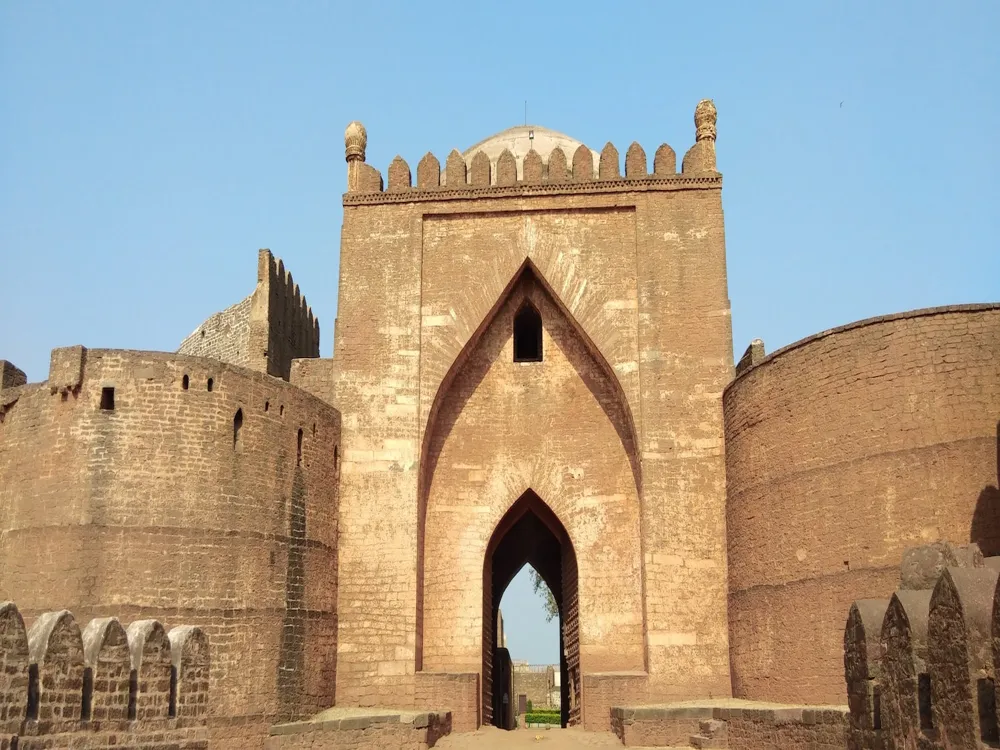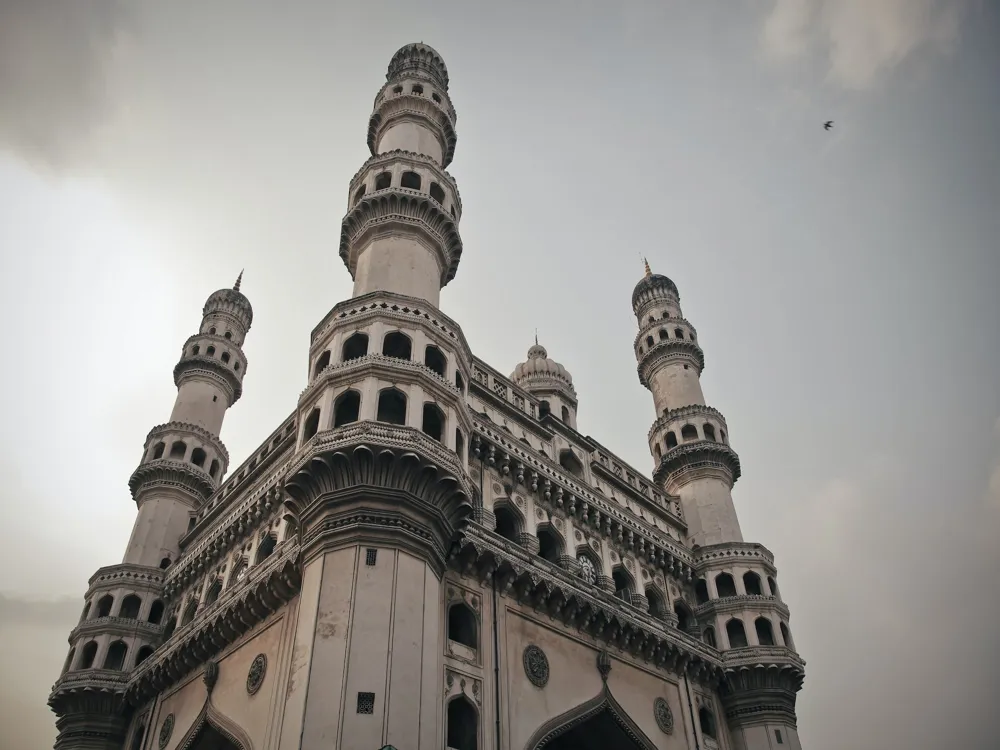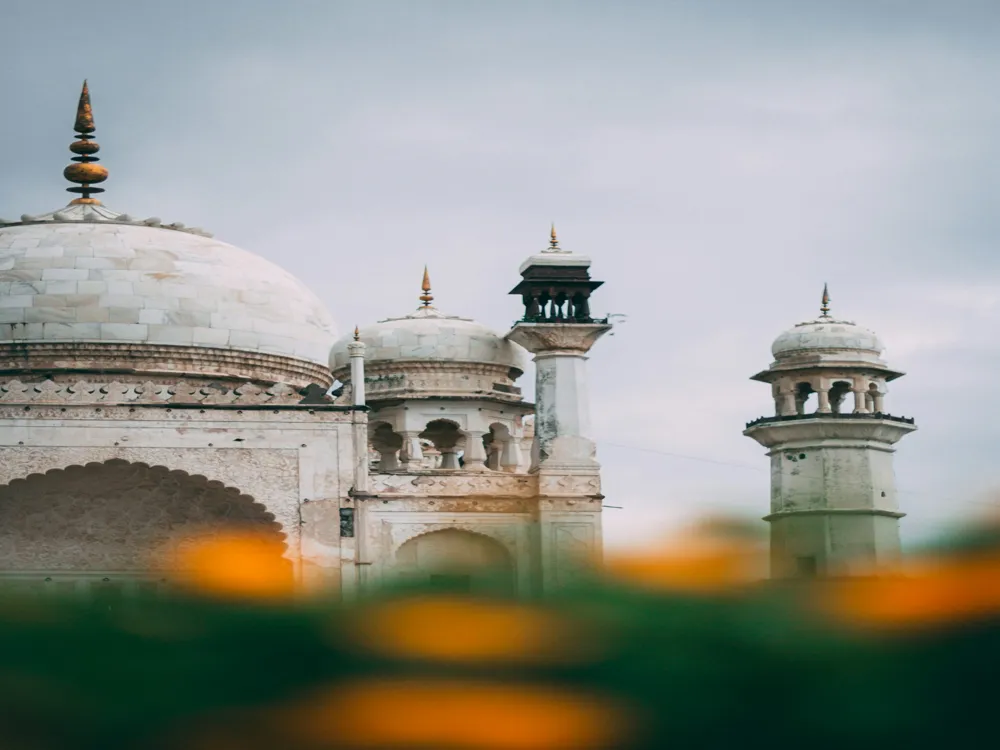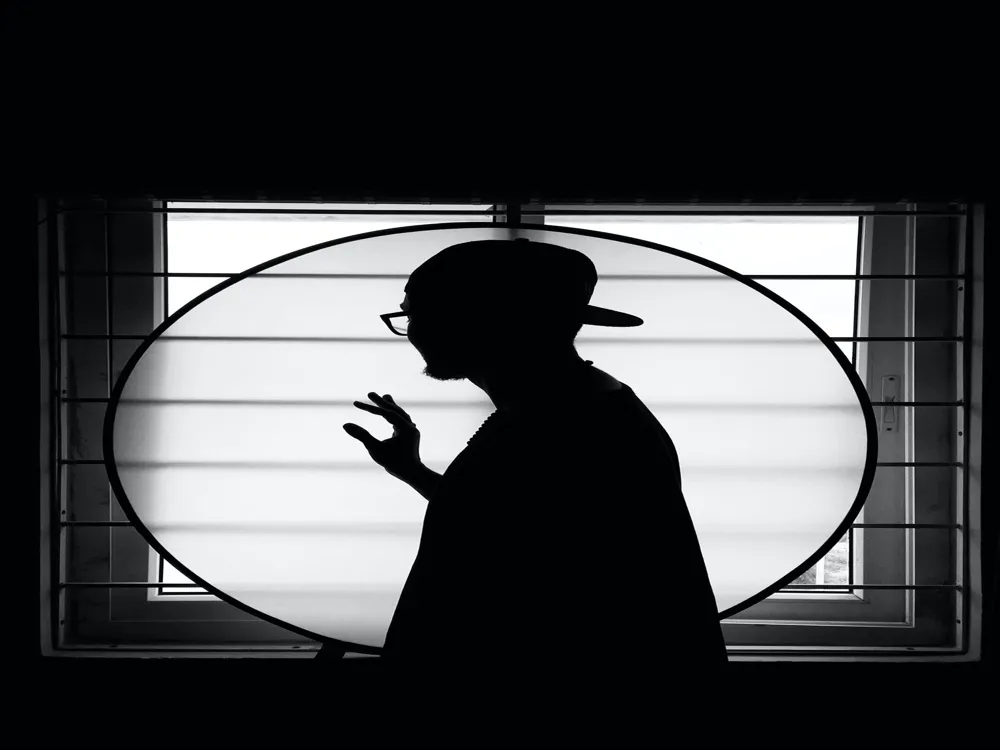Welcome to Bidar, a historical city in the northeastern part of Karnataka, India. Known for its rich heritage and architectural marvels, Bidar offers a unique blend of history and culture, making it a fascinating destination for travelers and history enthusiasts. This overview aims to introduce you to the wonders of Bidar, from its historical significance to its vibrant cultural tapestry. Bidar's history dates back to the era of the Chalukyas of Kalyani, followed by the dynasties of the Allauddin Khilji, Bahmani, and Barid Shahi sultans. Each era left its mark on the city, contributing to its rich historical legacy. The city was a hub of Persian culture and literature under the Bahmani and Barid Shahi sultans, attracting poets, scholars, and artists from far and wide. Bidar is not just about its past; it's a living testimony to a diverse cultural heritage. The city's populace is a melting pot of different communities and cultures, each contributing to the rich cultural fabric of Bidar. Festivals, traditional crafts, and cuisine offer an insight into the life and times of the people of Bidar. Bidar's architecture is a testament to its historical and cultural significance. The city's architectural style is a confluence of Persian, Turkish, and indigenous Indian influences, resulting in a unique blend that is both grand and intricate. The Bidar Fort, built during the Bahmani Sultanate, is the city's most iconic structure. It stands as a symbol of the city's historical importance and architectural ingenuity. The fort's massive walls, elegant arches, and intricate carvings tell a story of a bygone era of grandeur and warfare. Named for its 16 pillars, the Solah Khamba Mosque is a remarkable example of Indo-Islamic architecture. The mosque, built in the 14th century, showcases intricate calligraphy and a blend of architectural styles that reflect the syncretic culture of Bidar. The Madrasa of Mahmud Gawan, an ancient center of learning, exemplifies the intellectual and architectural achievements of the Bahmani Sultanate. This 15th-century structure features a striking façade, ornate decorations, and a rich history of academic pursuit. Plan your visit to Bidar between October and March when the weather is pleasant, making it ideal for exploring the city's landmarks. As a city with a rich cultural tapestry, it's important to respect local customs and traditions. Dress modestly, especially when visiting religious sites. Don't miss out on the local cuisine of Bidar, which is a blend of Karnataka and Hyderabadi flavors. Local specialties include Jolada Rotti, Bidri Kabab, and Tahari. Bidar is well-connected by road, rail, and air. The nearest airport is the Rajiv Gandhi International Airport in Hyderabad, approximately 150 km away. Bidar railway station is connected to major cities in India. Road travelers can enjoy a scenic drive to Bidar, with well-maintained roads linking it to various cities.Discover the Enchanting City of Bidar in Karnataka
Historical Significance of Bidar: A Journey Through Time
Cultural Heritage of Bidar: A Mosaic of Traditions
Architectural Wonders of Bidar: A Legacy Carved in Stone
Bidar Fort: A Marvel of Medieval Architecture
The Solah Khamba Mosque: An Emblem of Indo-Islamic Architecture
Madrasa of Mahmud Gawan: An Educational Legacy
Tips for an Unforgettable Visit to Bidar
Best Time to Visit
Respecting Local Customs
Exploring Local Cuisine
How to Reach the Historic City of Bidar
Chaubara
Bidar
Karnataka
NaN onwards
View bidar Packages
Bidar Travel Packages
View All Packages For Bidar
Top Hotel Collections for Bidar

Private Pool

Luxury Hotels

5-Star Hotels

Pet Friendly
Top Hotels Near Bidar
Other Top Ranking Places In Bidar
View All Places To Visit In bidar
View bidar Packages
Bidar Travel Packages
View All Packages For Bidar
Top Hotel Collections for Bidar

Private Pool

Luxury Hotels

5-Star Hotels

Pet Friendly





